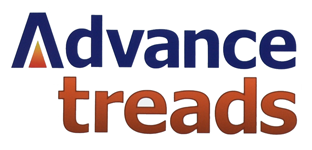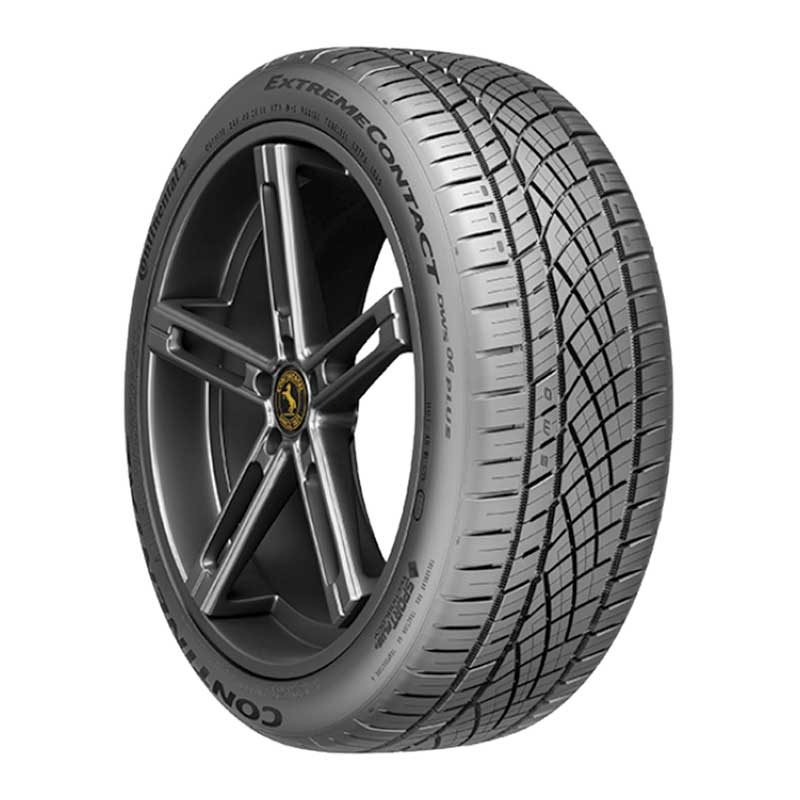Tire Tread: It’s All in the Details
From the Continental Tires website
Fast facts: Different types of tire treads
- Symmetrical tire tread patterns deliver smooth driving, high directional stability, and low rolling resistance.
- Directional tire tread patterns provide high protection against aquaplaning, excellent handling on snow and mud, and very good stability on the road at high speeds.
- Asymmetric tire tread patterns offer excellent handling, high curve stability, and good grip in wet conditions.
The tread is the part of the tire that makes contact with the surface of the road. And if you take a look at different tires on the market, you’ll notice a great deal of variety in their tread patterns.
Why are they so different? Because a tread pattern is a unique design that enhances a vehicle with grip and handling for specific driving conditions.
Most tire tread has four parts:
- Ribs: the raised section of the tread pattern, made up of tread blocks
- Grooves: deep channels which run circumferentially and laterally around the tire
- Tread blocks: are the raised rubber segments that make contact with the road surface
- Sipes: small, thin slots molded into the tread blocks
Together, all four parts can be arranged in a unique pattern to fine-tune the tire’s performance in critical areas like noise, handling, traction, and wear.
And that in turn provides tire manufacturers with the ability to develop tread patterns to address specific driving needs such as wet braking, dry handling, aquaplaning (hydroplaning) resistance, and traction on ice and snow.
How many tire tread patterns are there? Quite a few. But broadly speaking, tire treads can be divided into three categories.
Types of Tread Patterns
Symmetrical: The most common type of tread pattern is symmetrical. Tires with this design have continuous ribs or independent tread blocks across the entire face of the tread, and both halves of the tire feature the same pattern.
Key features:
- Smooth driving
- High directional stability
- Low rolling resistance
Tires with symmetrical patterns provide the owner of the vehicle with the most flexibility for tire rotation without affecting day-to-day performance. They’re quiet, long-lasting, and fuel efficient, but not as adaptable to changing conditions on the road. So even though symmetrical patterns deliver steady grip on a dry road, they won’t be as effective in wet conditions as other tires will be.
Directional: A tire with a directional tread pattern is designed to roll forward in only one direction. It has lateral grooves that meet in the middle of the tire tread, resembling the shape of an arrowhead. The V-shaped grooves allow for resistance to aquaplaning (hydroplaning) at high speeds by displacing water more efficiently.
Key features:
- High protection against aquaplaning
- Excellent handling on snow and mud
- Very good road stability at high speed
One important note is that directional tires can only be rotated vertically – for example, from the front of the car to the back – otherwise, the pattern will be oriented in the wrong direction when fitted to a wheel on the other side of the vehicle.
You can keep track of the correct orientation using the arrow indicator printed on the sidewall of the tire. It’s in the same direction as the pattern, pointing in the required direction of travel.
Asymmetric: A tire with an asymmetric pattern features two separate tread designs, one on the inner half and another on the outer half of the tire. It may look unusual, but both halves serve a distinct purpose.
The inner tire tread is responsible for water displacement and protection against aquaplaning (hydroplaning). The outer tire tread has rigid tread blocks for higher lateral stiffness, which provides high grip when cornering and driving on dry surfaces, and quieter interior noise. This combination of features makes asymmetrical tires especially popular for use on ultra-high performance cars.
Key features:
- Excellent handling
- High curve stability
- Good grip in wet conditions
However, just like a directional tire pattern, care must be taken with tire rotation. Vertical rotation between front and back are the options here. Indicators on the sidewall will guide correct fitting.
Call 856-696-5004 or stop by Advance Treads to learn more about the best tires for your vehicles.
For more information contact Advance Treads at 856-696-5004



